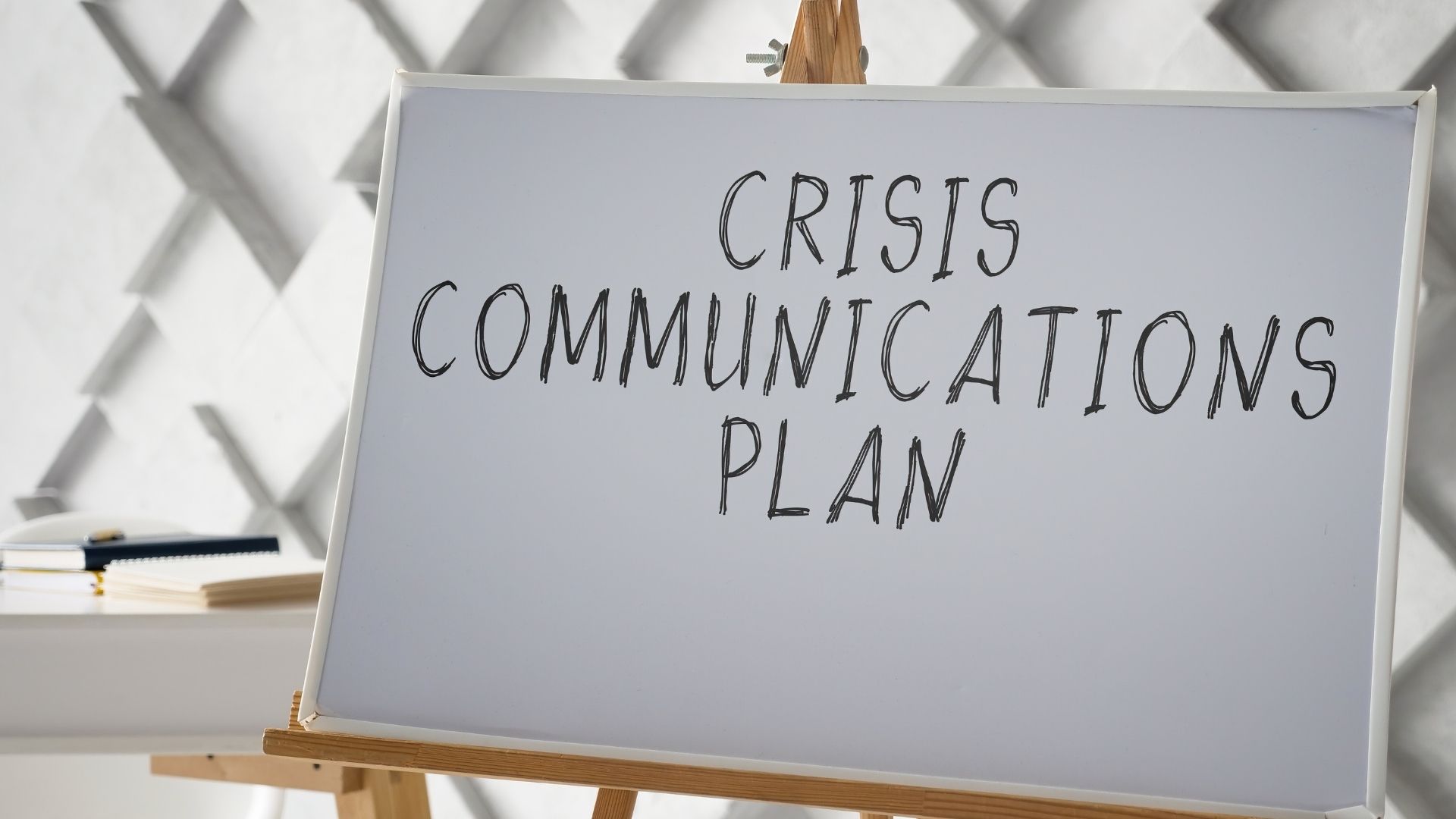In today’s hyper-connected world, a single misstep can snowball into a full-blown crisis within hours. Whether it’s a data breach, product recall, social media backlash, or public relations mishap, companies of all sizes must be prepared with solid crisis communication strategies. The way an organization responds to a crisis can significantly impact its brand reputation, customer loyalty, and long-term success.
This article explores the essential elements of crisis communication strategies, including preparation, response tactics, and real-world examples to illustrate best practices.
What Is Crisis Communication?
Crisis communication is the process of managing the flow of information during a crisis situation to protect an organization’s reputation and maintain trust among stakeholders. The goal is not only to address the issue effectively but also to demonstrate transparency, responsibility, and readiness.
Why Crisis Communication Strategies Matter
In times of crisis, perception is reality. Delayed or poorly handled communication can worsen the situation and lead to severe consequences such as loss of customer trust, plummeting stock prices, legal ramifications, or even business failure. On the other hand, a well-structured communication strategy can minimize damage, reassure stakeholders, and pave the way for recovery.
Key Components of Effective Crisis Communication Strategies
1. Crisis Management Plan
A crisis communication strategy starts with a well-documented crisis management plan. This plan should identify potential crises, outline response procedures, and define the roles and responsibilities of the crisis communication team. It should also include templates for press releases, social media statements, and internal communications.
2. Designated Crisis Communication Team
Every organization should establish a crisis communication team consisting of key personnel such as the CEO, head of communications, legal advisor, HR representative, and a social media manager. This team is responsible for making decisions, coordinating responses, and delivering clear messages to the public.
3. Internal Communication
Employees are often the first point of contact for customers, vendors, or media. Keeping them informed and equipped with the correct information is crucial. Transparent internal communication fosters trust and ensures consistent messaging across the organization.
4. Audience Identification
Different stakeholders require different messaging. For example, customers need reassurance, employees seek security, and investors want to know the impact on finances. Understanding your audience helps in tailoring messages to each group effectively.
5. Speed and Accuracy
Time is of the essence during a crisis. However, accuracy should not be sacrificed for speed. Strive to issue a holding statement quickly while gathering more details. A holding statement acknowledges the issue and assures stakeholders that steps are being taken.
6. Transparency and Honesty
Trying to downplay or hide the truth can backfire. It’s better to be upfront about the issue, accept responsibility when necessary, and communicate steps being taken to resolve it. Transparency builds credibility even in the face of adversity.
7. Consistent Messaging
Ensure that all communication channels—press releases, social media, emails, and interviews—carry a unified message. Mixed signals can confuse stakeholders and fuel further speculation.
8. Media and Social Media Management
Engaging with the media and managing your online presence is critical. Designate trained spokespersons to handle media inquiries and monitor social media platforms for misinformation, emerging concerns, and customer feedback.
9. Post-Crisis Analysis
After the crisis subsides, conduct a thorough review to assess what worked, what didn’t, and how future responses can be improved. Use this analysis to update your crisis communication strategy.
Common Crisis Scenarios and Communication Tactics
Product Recall
If a product is found to be defective or dangerous, act quickly to notify consumers, issue a recall, and offer refunds or replacements. Transparency and customer safety should be prioritized.
Data Breach
In the event of a data breach, inform affected parties promptly and explain the nature of the breach, what data was compromised, and what steps are being taken to secure systems. Providing a hotline or FAQ page can be helpful.
Social Media Backlash
Negative viral posts or influencer controversies can escalate quickly. Respond professionally, acknowledge the issue, and clarify your position without becoming defensive.
Executive Scandal
When a high-profile leader is involved in a scandal, companies must act decisively. This might include suspensions, public apologies, and internal investigations. Communication should reflect the company’s values and zero tolerance for misconduct.
Examples of Effective Crisis Communication
Johnson & Johnson – Tylenol Crisis
In 1982, Tylenol capsules were laced with cyanide, resulting in consumer deaths. Johnson & Johnson immediately recalled over 31 million bottles and introduced tamper-proof packaging. Their transparent, customer-focused response is considered a textbook example of effective crisis communication.
Starbucks – Arrest Incident
After the wrongful arrest of two Black men in a Philadelphia store in 2018, Starbucks publicly apologized and closed 8,000 stores for racial bias training. This proactive approach demonstrated accountability and commitment to inclusivity.
Crisis Communication in the Digital Age
Social media has drastically changed the crisis landscape. News spreads in real-time, and silence can be interpreted as guilt or incompetence. Organizations must be digitally vigilant and prepared to respond swiftly through online channels.
Best Practices for Managing a Crisis Online
- Monitor brand mentions using tools like Google Alerts or Hootsuite.
- Respond to concerns respectfully, even if they seem unfounded.
- Pin official statements on social platforms for visibility.
- Avoid engaging in arguments—always remain professional and solution-focused.
Conclusion
No business is immune to crisis, but those with solid crisis communication strategies can navigate turbulent times with resilience. Being prepared, transparent, and empathetic allows companies to maintain trust and emerge stronger. In a world where reputation is everything, a swift and well-planned response is not just recommended—it’s essential.








